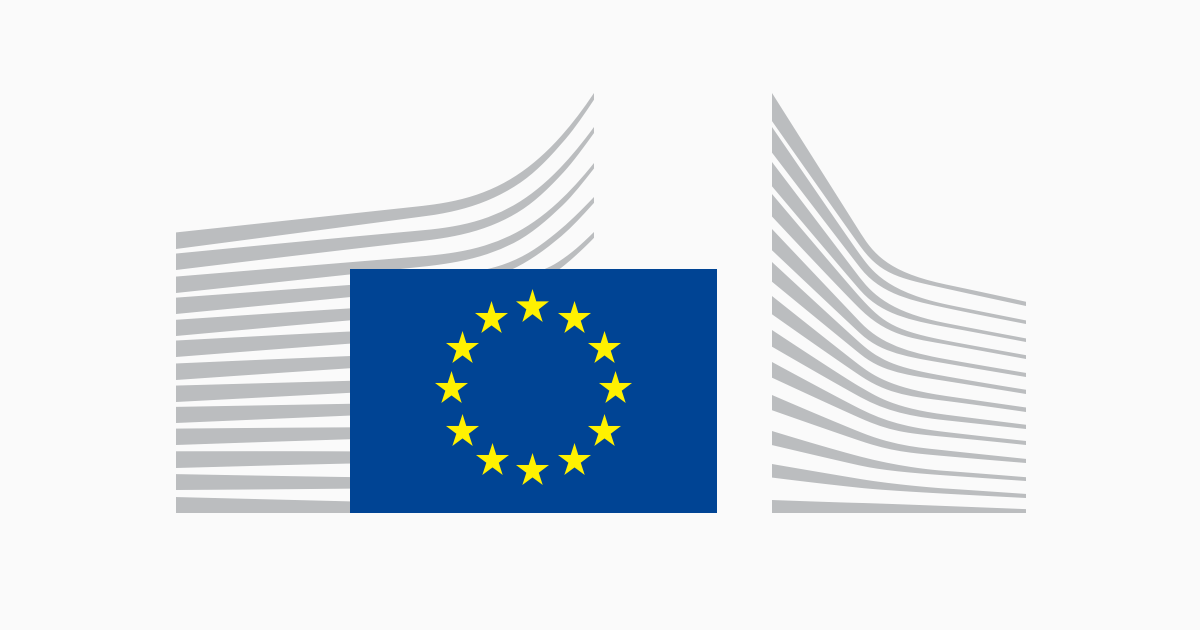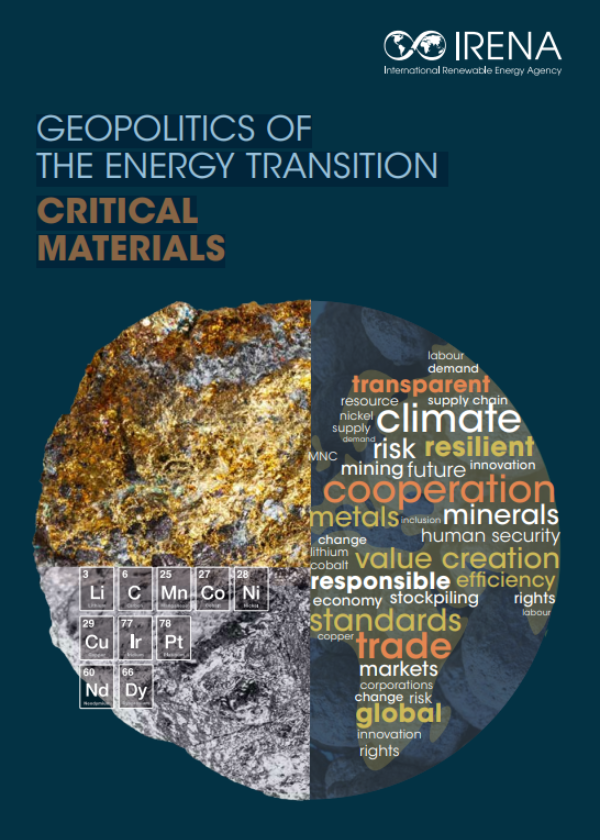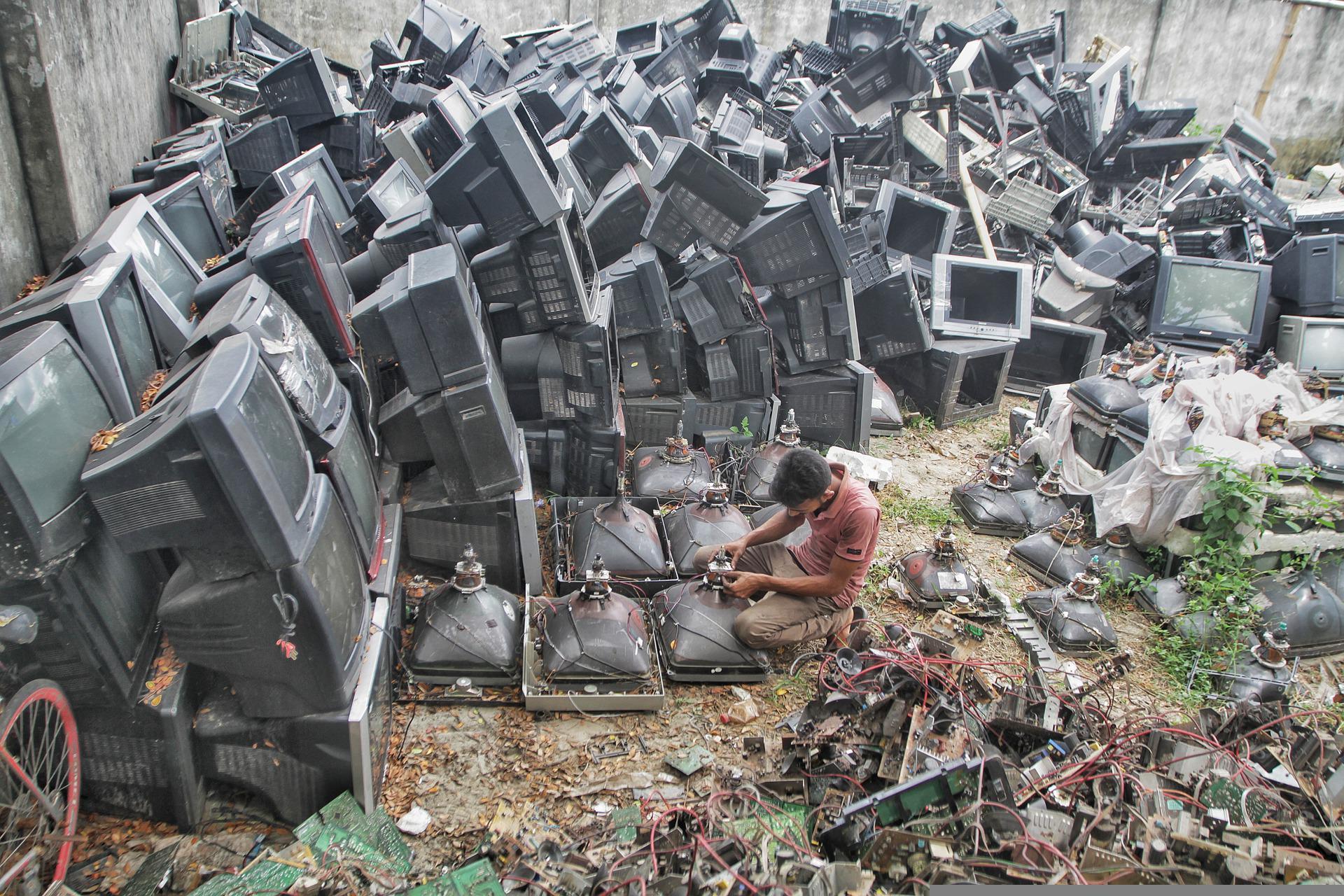The European continent struggles with the dilemma to secure its raw material supply chain for the sake of its green transition and energy sovereignty, at the cost of more pollution, ecosystem destruction and handshakes with undemocratic resource-rich countries.
The Critical Raw Materials Act (CRM Act) proposes a strategy to secure a sustainable supply of critical raw materials, and is currently negotiated between the EU Commission, Council and Parliament (the Trilogue). The aim is to propose an acceptable version to the Council and the Parliament by the end of 2023, followed by a vote early 2024. While unanimous on the goal -securing the EU raw material supply chain-, disagreements remain on the targets and means. The EU Commission is eager to diversify the supply chain and fast track procedures whereas Parliament insists on stronger measures to protect local communities.
Defining critical and strategic minerals
The CRM Act defines the critical and the strategic raw materials for the EU. “Criticality” depends on the economic importance of the raw material, its supply risk, potential substitution, import reliance and the Herfindahl-Hirschman Index which sets out the market competitiveness. The EU has included 34 raw materials in its most recent list of critical raw materials, issued in March 2023. The European Council proposes to add bauxite, alumina and aluminum. The strategic importance is determined by the relevance of a raw material for the green and digital transitions as well as for defense and aerospace applications. Also taken into account are the forecast of growth in demand, the difficulty of increasing production and finally the reserve-production ratio. Today, the list includes 16 strategic raw materials and China is the main global supplier of eight of them.
Focus and benchmarks for a CRM Act
The CRM Act identifies three important avenues for a more independent raw material supply chain: extracting within the EU, increasing processing and refinery capacity within the EU, and recycling. The benchmarks are still being negotiated but there seems to be agreement to aim for extraction within the EU of 10% of the EU annual consumption of strategic raw materials. Regarding processing and refinery capacity, the EU Commission proposes that at least 40% of the EU annual consumption of strategic raw materials will have to be processed or refined in the EU. The European Council and Parliament suggest increasing this objective to 50%. For the benchmarks regarding recycling, only the EU Parliament has considered the technical constraint of this process. In their proposals, the Commission and Council respectively aim to generate 15% and 20% of the EU consumption of strategic raw materials through recycling. The EU Parliament reduces this benchmark to 10% but details that this should be reached for each strategic raw material, and includes a new objective of collecting, sorting and processing at least 45% of each strategic raw material contained in the Union’s waste. Finally, the three institutions agree that none of the strategic raw materials supply can rely for more than 65% of the annual consumption of the EU from a single country.
Strategic projects and partnerships
To increase EU capacities in extraction, processing and refinery, the CRM Act has developed two tools: the Strategic Projects and the Strategic Partnerships. Strategic Projects aim to build strategic raw materials capacities across all value chain stages, both within and outside of the EU. Simply put, strategic projects aim at facilitating the opening of mines, refineries or recycling facilities, through easier access to private and public funding, and accelerating the permitting processes to start mining related activities. Finally, strategic projects shall be of public interest. Therefore, they can override EU environmental norms that could potentially impede the opening of a mine or a refinery.
Regarding mining, processing, and refining outside of the EU, the CRMA Act promotes Strategic Partnerships with resources-rich countries. Currently, The EU has signed strategic partnerships with Canada, Ukraine, Namibia, Democratic Republic of Congo and Kazakhstan. Seven more are under negotiation (Australia, Chile, Indonesia, Rwanda, South Africa, Senegal, and Uganda). To promote the strategic partnerships, the EU promises a deal with mutual benefits: a win-win. For the EU, the win is obviously the access and the diversification of its supply of raw materials. For the third-party country, the win is, according to the Commission, a stable market, a solvent payer, and an added value in its raw material. The EU Parliament is more realistic: it recognizes that strategic partnerships with corrupted governments will benefit an elite in power to the detriment of local communities, and therefore suggests that the CRM Act clearly stipulates that reducing EU dependency towards these undemocratic countries should be a priority.
But the EU cannot change the geological fact that most of the raw material reserves lie near or on indigenous and peasant lands, which are amongst the most preserved ecosystems in the world, both in countries with poor democratic records and like-minded ones. These lands risk to be destroyed on behalf of the green transition, and their people are more likely to experience human rights abuses. Indeed, civil society organisations have correlated mining projects in indigenous and peasant lands with human rights abuses: the Business & Human Rights Resource Centre has counted 510 human rights allegations related to extraction of transition minerals (cobalt, copper, lithium, manganese, nickel and zinc) between 2010 and 2022.
To ensure that Strategic Partnerships are also a “win” for vulnerable communities, the EU should invest in informing local communities of laws voted in Brussels that will affect them. In September 2023, IPIS researchers gave a training on the CRM Act to civil society organizations (CSO) of Lualaba and Haut Katanga, in DRC, where copper and cobalt are extracted. None of the 25 CSO and mining authority participants had ever heard of the CRM Act. On numerous occasions, European institutions have pledged to listen and consult local communities affected by their decisions but on as many occasions, civil society organizations working with grassroots movements have noticed the gap between Brussels and the field. It is therefore important that the EU includes the principle of Free Prior Informed Consent (FPIC) in its regulation with a clear right to say No to mining projects. Local communities living outside and inside the EU have different rights: European communities are protected by the European and Member States’ laws that are usually amongst the strictest in the world. It is logical that the EU respects other countries legislations and does not impose its standards, but it is worrying that instead of promoting more rights for local communities outside the EU, the CRM Act proposes to loosen environmental norms and due diligence within the EU.
Energy sobriety
The EU Parliament proposes to mitigate the increase in demand of critical raw materials by increasing efficiency and the uptake of material substitution. However, there is no clear benchmark for the consumption of raw materials reduction, and substitution will only render the EU dependent on other materials. The lack of clear benchmarks on the reduction of raw material consumption demonstrates industrialized nations’ fear to lose the “race for minerals” in which any piece of cobalt or nickel is considered as spoils of war. We can identify at least two reasons for the reluctance to adopt “energy sobriety” as a strategy. The first reason is the dominant belief in the EU Commission that environmental norms should not impede the economic growth, as the Belgian liberal Prime Minister De Croo put it to justify a break on environmental and health-related regulations. Economic growth needs energy. Therefore, the challenge would be to produce green, cheap, and abundant energy. This argument does not consider the rebound effect, that demonstrates that increased energy efficiency may lead to increased energy consumption, which will then nullify the environmental edge.
The second reason why policy makers seem reluctant to discuss energy sobriety is that this race for raw materials has turned into a real-life prisoner’s dilemma: every nation understands it is in the world’s interest to reduce its carbon emission and its material footprint, but none takes drastic measures fearing to give an advantage to its competitor. Recent declarations of Chinese and US high-profile policy makers have denounced the responsibility of the other to justify their inaction. Nicky Halley, a running candidate for the US Presidency in 2024, stated in the Republican debate that “if you want to change the environment we need to start telling China and India that they have to lower their emissions (24’20’’), while China blames the US for its own air pollution.
Besides the obvious benefits for the environment, for human rights globally and for a de facto dependency reduction on third countries, reducing EU raw material consumption can help restore the EU’s “moral leadership”. This has been angular in EU geopolitics but has been steadily eroded in recent years, if we think of the resentments against France in its ex-colonies or against Scandinavia in South Asia and Middle-East after burning of Quran during public demonstrations. By strategizing on reducing its raw material consumption, Europeans would demonstrate moving from a consumer society, the paradigm of Western economic life, to a sustainable society that respects the planet. If Europe succeeds in really reducing its consumption of raw materials, and in convincing the rest of the world that it is doing so to save the planet, then it can claim to be regaining its moral leadership and inspire other industrialized nations.
Secondly, drastic reduction of energy consumption has happened in the past. For example, during the oil shocks in 1973, and more recently, in September 2022, the European Commission successfully adopted measures to reduce electricity demand by 15%, with a mandatory target of 5% for members states to reduce Russian gas import after the vote of sanction for its invasion of Ukraine. All it took was targeted communication on saving energy on cooling and heating. At the national level, France has voted energy sufficiency – the deliberate reduction of energy consumption- as one of its three pillars of its decarbonization strategy, alongside with nuclear and renewables, aiming at a reduction of 10% by the end of 2024.
Finally, neither the CRM Act, nor similar legislation, have prioritized the use of critical materials to sectors dedicated to green energy production. In 2022, market demand for critical materials predominantly originated from non-energy transition uses (except lithium). Why not giving a priority access to activities that are aligned with a net zero trajectory by 2050 and broader environmental goals, as they are defined in the EU taxonomy regulation? By doing so, we can attempt to avoid that dire critical minerals end up in high-tech but useless products as, let say, “smart” water bottlesnotifying you when you are thirsty or “smart” toasters texting when your bread is ready.
Further reading





All articles and other news items referenced in this briefing come from third party media sources. Not being the author, IPIS is not responsible for the content of the news items or articles contained or referred to in this briefing.

This briefing was produced with the financial assistance of the European Union. The contents of the editorial is the sole responsibility of IPIS and can under no circumstances be regarded as reflecting the position of the European Union.

